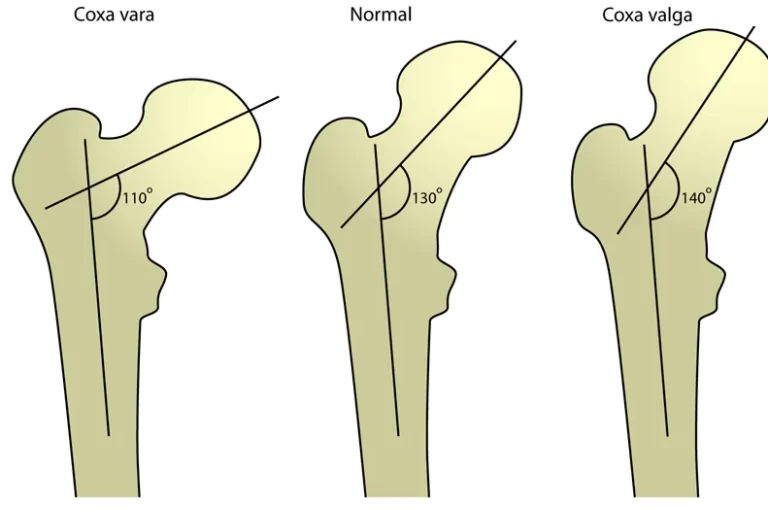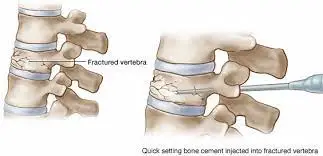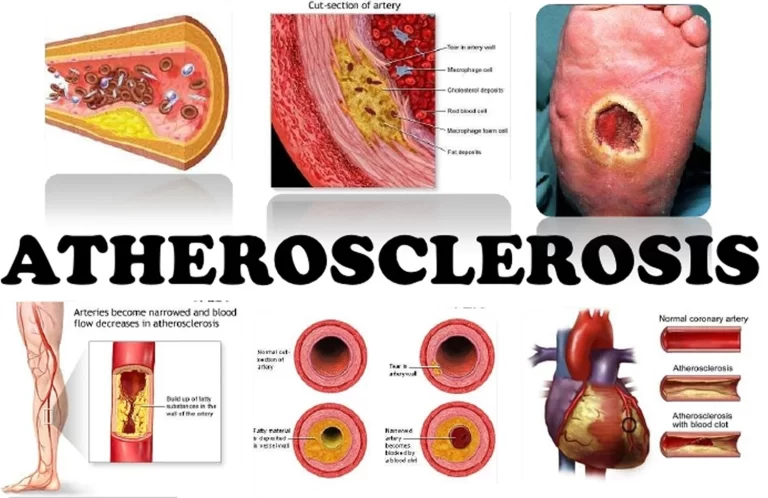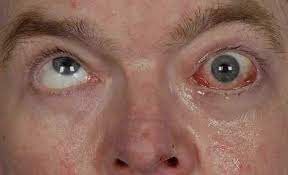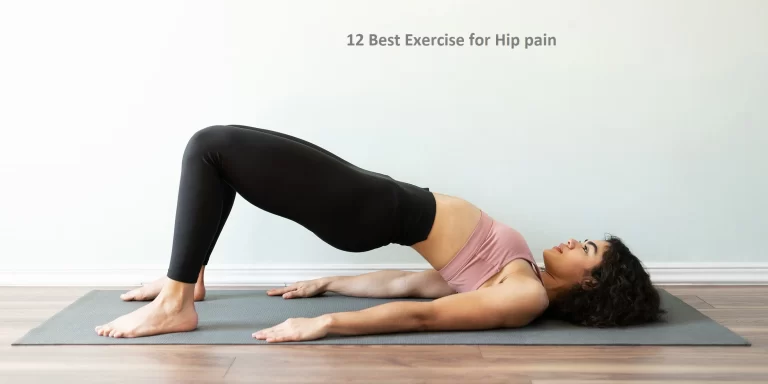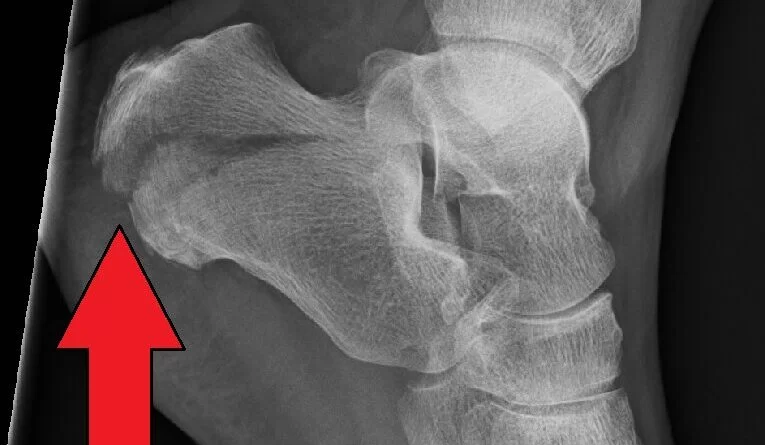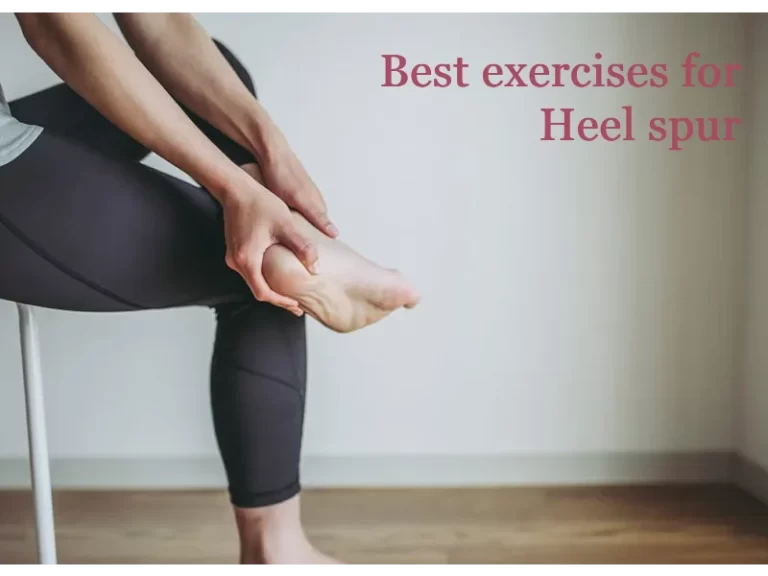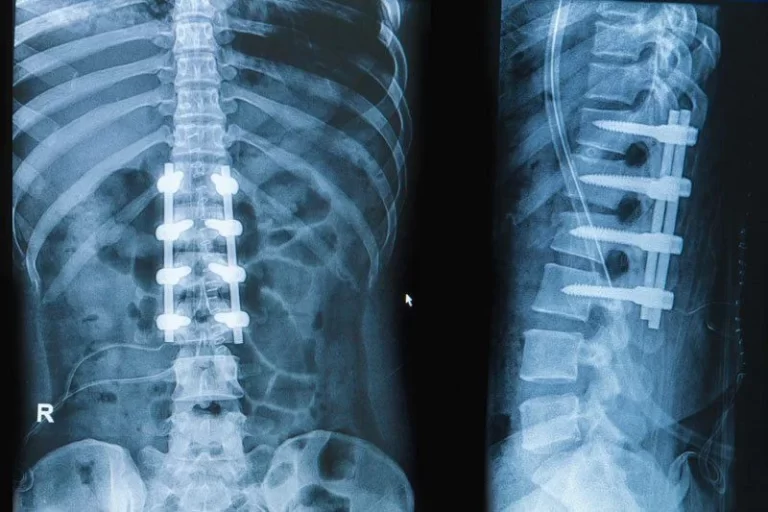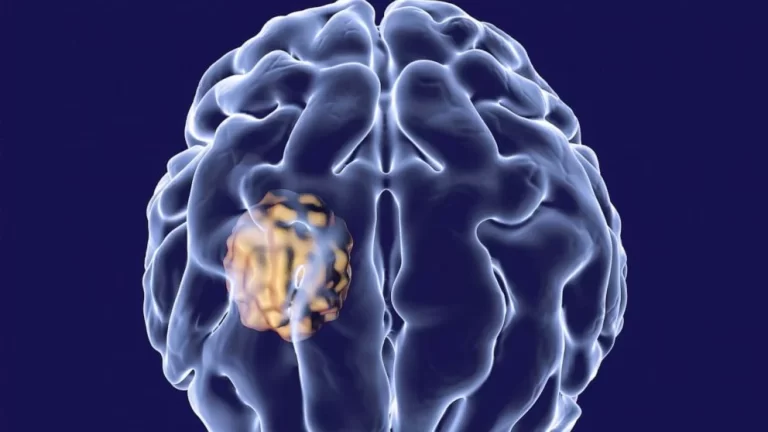Strength Training vs Power Training
What is the Difference Between Strength Training vs Power Training? Strength training and power training are both forms of resistance training that aim to improve physical performance, but they focus on different aspects of muscular fitness. While there is some overlap between the two, they have distinct characteristics and training goals. Strength Training: Strength training…


